Clock Winds Down on Homebuilding Parties in U.S. and Canada
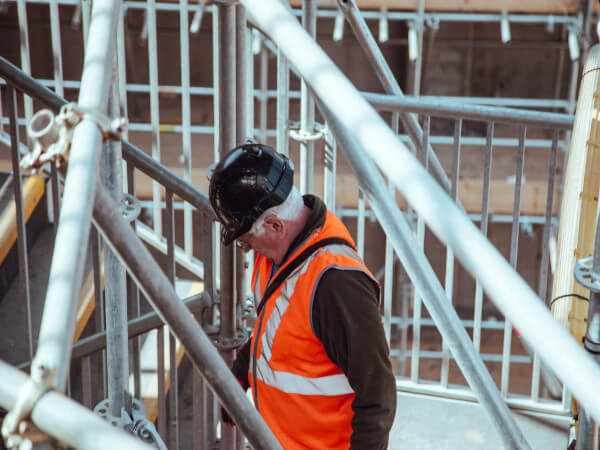
The vertical bars in Graph 1 tell the story of housing starts in the United States. The monthly numbers of actual groundbreakings in units are seasonally adjusted at an annual rate (SAAR). ‘Annualized’ means they are projected from a single month to 12 months.
![]()
Did you miss our previous article…
https://www.arizonasolarsociety.com/?p=1444
5 Essential Construction Process Management Steps for Project Managers
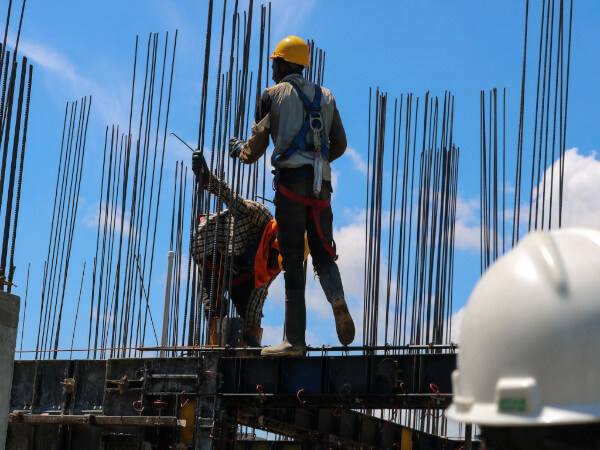
Construction process management is a crucial step for executing a project. It is the very basis on which a sound foundation is laid by project managers as they learn the ropes to navigate complex construction landscapes. For this, a project manager has to acquire a number of skills and gain competencies to handle complex projects and work with numerous teams.
![]()
Did you miss our previous article…
https://www.arizonasolarsociety.com/?p=1436
Implications of the Just-Passed $1.2 Trillion Infrastructure Bill

The $1.2 trillion infrastructure bill, even though the dollars going towards tangible projects will be slightly less than half that amount (approximately $500 billion), and the spending will be spread out over five years, is no small matter.
![]()
Did you miss our previous article…
https://www.arizonasolarsociety.com/?p=1432
Legs Growing Weary in U.S. and Canadian Housing Start Sprints
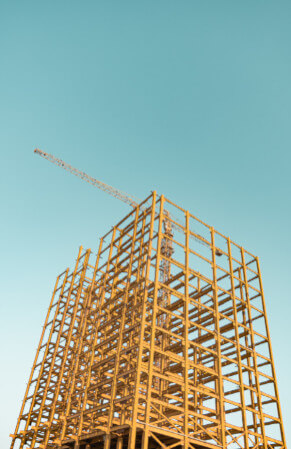
U.S. Housing Starts Up by a Fifth
U.S. housing starts, as an average of the seasonally adjusted and annualized (SAAR) monthly figures to date in 2021, have been ahead by almost a fifth (+18.5%) compared with the same January-to-September period of 2020.
![]()
Did you miss our previous article…
https://www.arizonasolarsociety.com/?p=1428
A Return to ‘Acceptable’ U.S. Jobs Report for October; Canada’s Also Okay
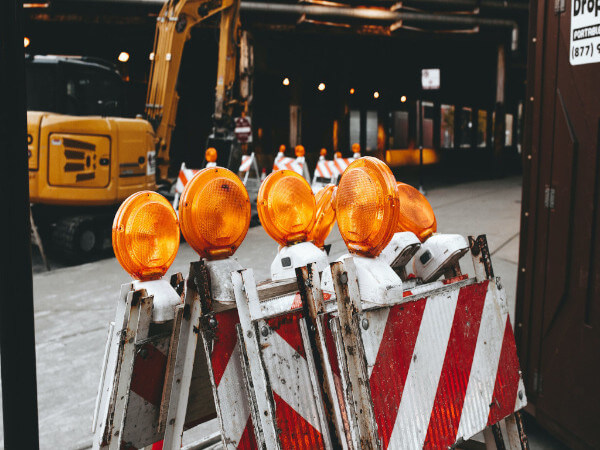
The U.S. total jobs increase in October was +531,000 according to the latest Employment Situation report from the Bureau of Labor Statistics. A gain of more than half a million would have been met with cheering in any month prior to the pandemic. And it’s better than September’s +312,000 and August’s +483,000. But it still leaves total employment in the U.S. significantly below where it was in February 2020, just before COVID-19 touched down.
![]()
What OSHA’s New COVID-19 Vaccine Standard Means for Construction

Late last week, OSHA issued an emergency temporary standard requiring companies with 100 or more employees to create, deploy, and enforce a mandatory COVID-19 vaccination policy for their workers. The ETS does allow an exception for employers to adopt a policy that requires employees to get vaccinated or, instead of being vaccinated, be tested regularly for COVID-19, and be required to wear a face covering while at work.
![]()
Did you miss our previous article…
https://www.arizonasolarsociety.com/?p=1420
Top 10 Major Upcoming Private & Government Office Building Construction Projects – U.S. – November 2021
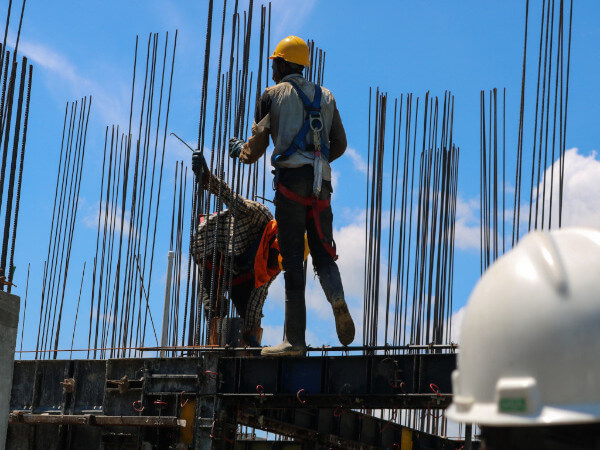
The accompanying tables show the top 10 major upcoming Private and Government Office Building construction projects in the U.S. They are all in the planning stage and are mainly new projects, but may also involve additions and/or alterations.
![]()
Did you miss our previous article…
https://www.arizonasolarsociety.com/?p=1403
7 Tips For Managing Cash Flows on Construction Projects
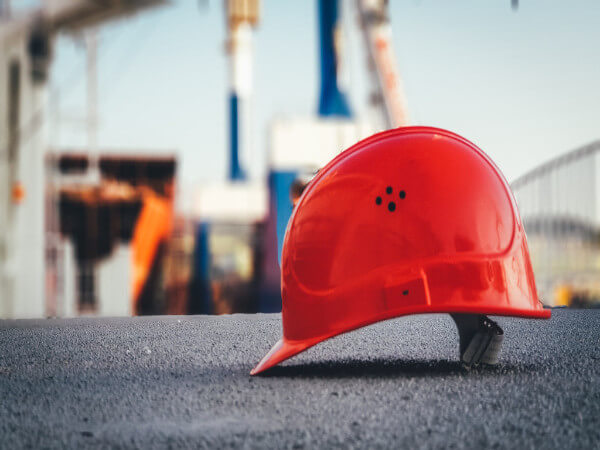
Cash flow is the lifeblood of any commercial construction project. Being able to effectively manage cash flows on projects and throughout the year can be the difference between the success and failure of your business.
![]()
Did you miss our previous article…
https://www.arizonasolarsociety.com/?p=1399
Canadian Construction Starts and the Mega Projects for Exports Connection
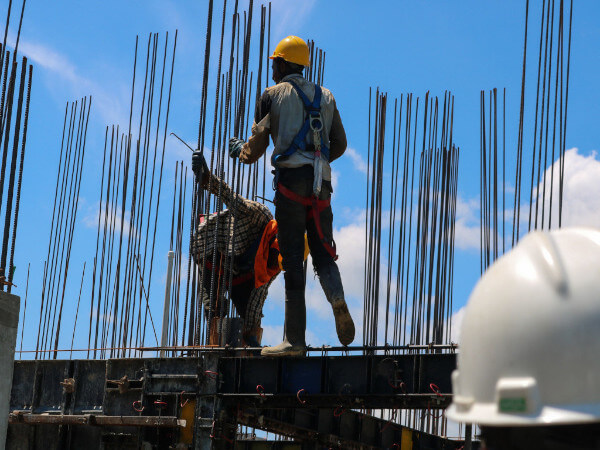
Canadian construction starts year to date, as calculated by ConstructConnect, are set out in Table 1 below. By dollar volume, the total is +5.7% versus January-to-October 2020, with residential at +22.0%; nonresidential buildings, +19.9%; and engineering, -20.2%.
![]()
Did you miss our previous article…
https://www.arizonasolarsociety.com/?p=1395
How to Prepare for the Building Safety Bill
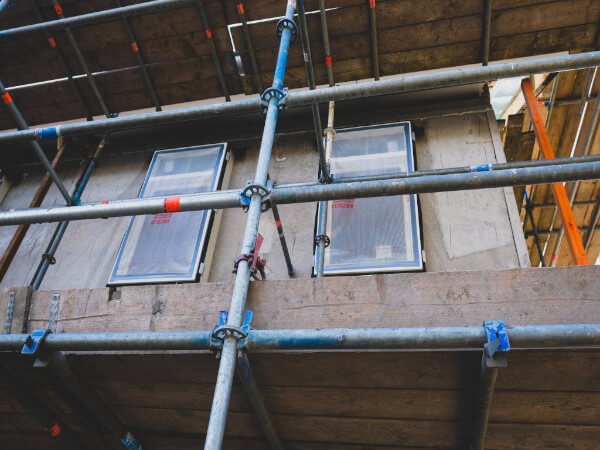
The Building Safety Bill is fast-approaching the UK construction sector, and promises widespread change.
The government is aiming to “overhaul regulations, creating lasting generational change and setting out a clear pathway on how residential buildings should be constructed, maintained and made safe.”
Although the Fire Safety Act is now in place, the Building Safety Bill is still being finalised and it may be difficult to know how to get ready. So, what are the headlines from the bill – and what should owners and construction firms do today?
Here’s a summary of the Building Safety Bill and six key takeaways for UK businesses.
An overview of the Building Safety Bill
- Building owners will need to demonstrate that they have effective, proportionate measures in place to manage safety risks.
- A golden thread of building safety information must be maintained from planning to completion of each high risk building project.
- Duty holders must be appointed to take responsibility for fire and building safety throughout the lifecycle and provide the accountable person with the golden thread of information.
- A new Building Safety Regulator will oversee the implementation and enforcing of the legislation, with stringent penalties for noncompliance.
- The legislation is expected to be passed in April 2022.
Get ready for change – because it will impact everyone
First of all, it’s important to acknowledge that there are gaps in the practical guidance out there for construction companies. Right now, the details are being worked out and it’s hard to see exactly how organisations will consistently meet the requirements.
But nonetheless, it’s vital that all construction businesses get ready for change. From owners to individual subcontractors and suppliers, the Building Safety Bill will place new obligations on every collaborator in the supply chain.
This isn’t just for tier one contractors; everyone will have to buy in, and there will be strong legislative punch to enforce the changes. Irrespective of your size and scale, understanding what’s around the corner and starting to get ready is critical.
Prepare for a mental shift about project information
The principle of the golden thread of information will require everyone in the supply chain to maintain a record of every project. It’s not just about handing over documents at the end of the project, or even uploading project files onto the cloud.
Everyone from designers to contractors will need to maintain a local electronic audit trail, rather than relying on clients to hold the data. Choosing data platforms that easily integrate with others will be important, to ensure that data records can be slotted together.
That’s not to say that everyone will need to use advanced modelling tools, but internal records will be critical – particularly in the event that something goes wrong in the future. It might not be as disastrous as a fire, but the identification of a faulty or dangerous component that needs to be removed from other builds is essential.
Again, this applies to all companies – no matter your size or scale. Small suppliers will need to revisit how they collect and store project information, just like everyone else. And positively, this also offers the chance of process improvements within businesses, from improved efficiency to quality control.
The onus will be on owners, so know what to ask for
Arguably owners face the biggest challenge from the Building Safety Bill, especially if they aren’t already on a digital transformation journey. It will be critical to have systems in place to receive, and then manage and maintain, project data throughout the operational life of an asset.
That can’t be racks of drawings or folders of paper stuck in a cupboard. Owners will need to consider the best way to structure information – for example, in a common data environment – to ensure that it’s as easy to manage and access as possible.
Owners should work to set out their information requirements, so that they know what to ask for at the start of each project. Again, this richer dataset can offer other benefits for owners, such as more efficient asset management and more straightforward refurbishments in the future.
Prepare for skills shortages by investing in people
We will need to see a skillset shift across the construction industry to meet these new regulatory demands. Arguably, right now the sector suffers from an on-demand approach to specialist skills, with businesses waiting until there’s a problem to go and find someone who can solve it.
The issue with the obligations being imposed through the Building Safety Bill is that there simply aren’t that many people with the skills and availability to help. It might not be normal practice to spend funds on training at very traditional organisations; nonetheless, businesses will absolutely need to invest in staff to prepare for the potential avalanche of demand.
This is a definite change of approach. Companies will need to plan differently, while owners will need to recognise that the cheapest approach won’t always be acceptable. But without more digitally confident staff, businesses won’t be able to cope with the demands – and the uncertainties – inherent in any new legislation of this kind.
Existing technology can be used in creative ways, but interoperability is critical
Although we’ll see a step change in information management, companies won’t need to build Revit models to track every component. There are actually lots of different ways of meeting the regulations, sometimes using existing technology in new and creative ways.
For example, Oculus has developed a system that uses camera footage to record on-site processes, like installations or subsequent inspections. The video record is timestamped to show progress over a project, and can then be linked with model-based information sets to create a detailed dataset or reviewed with other snapshots to show progress or changes over time.
However, the way that we connect these different technologies and approaches together will be critical, to ensure data can be transferred and collated seamlessly. At the company level, choosing open data platforms will help to ensure interoperability with other systems.
At a national level, there are a number of working groups developing an information management framework, such as the National Digital Twin Programme and the Government and Industry Interoperability Group (GIIG). All of this will not only support the golden thread of information on projects, but help the industry as a whole to create more consistent data and deliver better outcomes.
Embrace the positives – this could be a turning point for quality and sustainability
Meeting new legislation always seems like a bit of a headache. But it’s important to recognise that these are extremely positive developments overall. It’s not only about trying our utmost to avoid another horrific incident like the Grenfell Fire, but cascading information across the industry, to enable us to fix things that might be faulty or at risk.
Access to more detailed digital information can also help construction businesses ensure the quality of their work – while increasing efficiency and highlighting ways to boost productivity across the organisation.
Similarly, with a record of the materials used in each asset, owners can move towards the circular economy: designing buildings that can be dismantled, reused or repurposed, to massively improve the sustainability of the built environment.
Finally, it might seem that businesses are facing multiple changes in tandem right now, from the BIM Mandate Initiative to the Construction Playbook and digital twin initiatives. But arguably, the UK is much more joined up in its strategy than anywhere else in the world.
There’s a clear link between aspiration and execution – and by meeting these demands, companies will be helping to create a safer, greener and more productive sector. That is a huge advantage.
The post How to Prepare for the Building Safety Bill appeared first on Digital Builder.
Did you miss our previous article…
https://www.arizonasolarsociety.com/?p=1392